Table of content
Tea, the world’s second-most-consumed beverage after water, owes its diverse flavors, aromas, and qualities to a delicate and labor-intensive process that begins in the fields where it is grown. Central to this process is tea harvesting—the meticulous act of plucking leaves from the Camellia sinensis plant at precisely the right moment. This article delves into the intricacies of tea harvesting, exploring the techniques, tools, timing, and cultural practices that transform simple leaves into a global phenomenon. From the misty slopes of Darjeeling to the sun-drenched hills of Kenya, the art of plucking tea leaves is a blend of tradition, precision, and environmental stewardship.
Understanding the Tea Plant: A Foundation for Harvesting
Before diving into harvesting methods, it is essential to grasp the biology of the tea plant. Camellia sinensis is an evergreen shrub or small tree native to East Asia, now cultivated across tropical and subtropical regions. Two primary varieties dominate global production: Camellia sinensis var. sinensis (Chinese tea) and Camellia sinensis var. assamica (Assam tea), with hybrids and regional cultivars further diversifying the landscape.
The plant’s growth cycle and leaf maturity are pivotal to harvesting decisions. Young leaves, known as “flushes,” emerge periodically throughout the growing season, influenced by climate, rainfall, and altitude. Each flush consists of a terminal bud (the youngest, most tender part) and the two to three leaves that follow. The goal of harvesting is to capture these flushes at their peak, balancing tenderness, flavor potential, and yield.
Timing Is Everything: When to Harvest Tea Leaves
The timing of tea harvesting varies by region, climate, and desired tea type. In general, tea estates experience multiple “flushes” or harvesting seasons annually, with the first flush often yielding the most prized leaves.
-
First Flush: Occurring in early spring, the first flush produces leaves that are delicate, aromatic, and high in antioxidants. Teas like Darjeeling First Flush or Chinese Longjing (Dragon Well) are celebrated for their nuanced flavors, often described as floral, grassy, or vegetal.
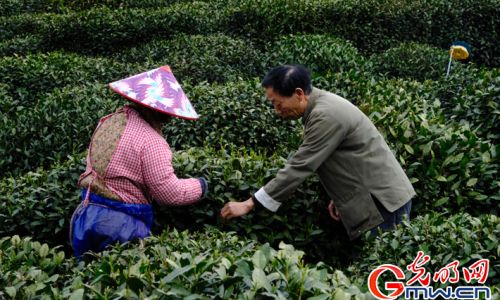
-
Second Flush: Harvested in late spring or early summer, this flush results in fuller-bodied leaves. Assam teas, known for their malty notes, and some oolongs thrive during this period.
-
Monsoon/Summer Flush: In regions with heavy rainfall, the monsoon flush may produce bulkier leaves but less nuanced flavors. These are often used for CTC (crush-tear-curl) teas or blends.
-
Autumn Flush: A final harvest before winter, autumn flushes yield leaves that are milder and less astringent, suitable for mild black teas or aged pu-erh.
Harvesting windows are narrow, often lasting just a few weeks. Pluckers must act swiftly to capture leaves before they mature beyond optimal tenderness.
Manual vs. Mechanical Harvesting: The Debate
The debate between hand-plucking and machine harvesting is central to tea quality and sustainability.
Hand-Plucking: The Gold Standard
For high-quality specialty teas—white, green, oolong, and premium black teas—hand-plucking remains the norm. Skilled pluckers use their fingertips to snap off the terminal bud and the two youngest leaves, a method called “fine plucking” or “two leaves and a bud.” This selective approach ensures only the most tender parts of the plant are harvested, preserving flavor complexity.
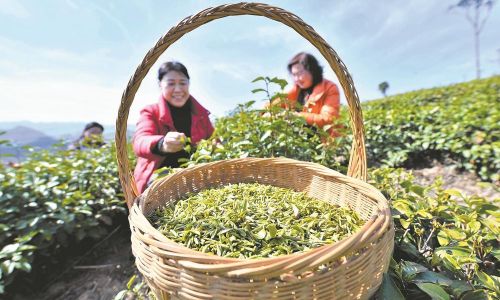
Advantages:
- Precision: Pluckers avoid older, tougher leaves and stems.
- Quality: Hand-plucked teas often command higher prices due to their superior taste.
- Sustainability: Manual labor minimizes soil compaction and plant damage.
Challenges:
- Labor-Intensive: A single plucker may harvest 20–30 kg of leaves daily, requiring large workforces.
- Cost: Hand-plucked teas are more expensive to produce.
Mechanical Harvesting: Efficiency at Scale
In large-scale operations, especially for CTC black teas or mass-market bagged teas, machines equipped with shears or rotating blades strip leaves from branches. This “coarse plucking” method sacrifices selectivity for speed, often harvesting mature leaves and stems.
Advantages:
- Speed: Machines can harvest acres daily, reducing labor costs.
- Consistency: Uniform cutting heights ensure even regrowth.
Challenges:
- Quality Compromise: Older leaves yield bitter, astringent teas.
- Environmental Impact: Heavy machinery can damage soil and ecosystems.
Tools of the Trade: From Bamboo Baskets to Modern Machinery
The tools used in tea harvesting reflect centuries of innovation and cultural practices.
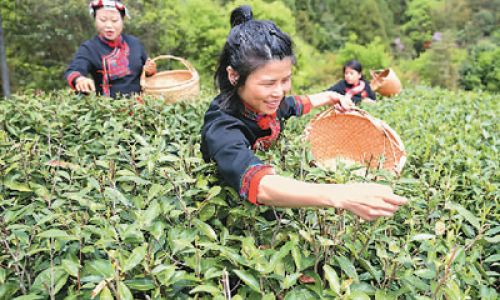
-
Handheld Tools:
- Bamboo Trays/Baskets: Pluckers carry lightweight, ventilated baskets to transport leaves without crushing them.
- Sickles: In some regions, sickles are used to cut branches for coarse plucking, though this is less common for high-quality teas.
-
Mechanical Harvesters:
- Tractor-Mounted Shears: Ideal for flat terrain, these machines straddle tea rows, shearing leaves at a set height.
- Robotic Harvesters: Emerging technologies use AI and cameras to identify and pluck only mature leaves, though widespread adoption remains limited.
The Plucking Process: Techniques and Standards
Tea harvesting is governed by strict standards to maintain consistency and quality.
Plucking Standards
- Fine Plucking: Two leaves and a bud, reserved for premium teas.
- Medium Plucking: Three leaves and a bud, used for mid-range teas.
- Coarse Plucking: Multiple leaves and stems, typical for CTC or low-grade teas.
Plucking Techniques
- Snap Plucking: Pluckers use a swift, clean motion to snap the stem, avoiding bruising.
- Twist Plucking: A gentler method where the stem is twisted and pulled, common in Japan for shade-grown gyokuro.
Post-Harvest Handling: The Race Against Time
Once harvested, tea leaves begin to oxidize, a chemical process that determines tea type (green, oolong, black). Pluckers rush leaves to the factory for processing, often within hours, to halt oxidation at the desired stage.
- Withering: Leaves are spread out to reduce moisture content.
- Rolling/Bruising: Leaves are rolled to break cell walls, initiating oxidation.
- Firing: Heat is applied to stop oxidation and dry the leaves.
Environmental and Cultural Factors Influencing Harvesting
Tea harvesting is deeply intertwined with geography, climate, and tradition.
Altitude and Terroir
- High-grown teas (e.g., Darjeeling, Ceylon) mature slowly, developing complex flavors.
- Low-grown teas (e.g., Assam, Kenyan) grow rapidly, yielding bold, malty profiles.
Climate and Seasonality
- Monsoon Regions: Heavy rains accelerate growth but may dilute flavors.
- Arid Regions: Drought stress concentrates compounds, enhancing sweetness.
Cultural Practices
- Japanese Tea Ceremonies: Emphasize hand-plucked gyokuro and matcha, shaded to amplify umami.
- Chinese Artisan Teas: Ancient techniques like pan-frying or sun-drying are paired with selective plucking.
Labor and Ethics in Tea Harvesting
The tea industry faces scrutiny over labor practices, with hand-plucking often tied to low wages and poor working conditions. However, ethical initiatives are gaining traction:

- Fair Trade Certification: Ensures pluckers receive living wages and safe environments.
- Organic Farming: Reduces pesticide exposure, benefiting workers and ecosystems.
- Women in Tea: In many regions, women dominate plucking roles, though gender equity remains a challenge.
The Impact of Harvesting on Tea Quality
The difference between a mediocre cup and an extraordinary one often hinges on harvesting:
- Flavor: Young leaves contain more amino acids (sweetness) and fewer tannins (bitterness).
- Aroma: Volatile compounds in fresh leaves dissipate if harvesting is delayed.
- Appearance: Whole leaves retain their shape during processing, enhancing visual appeal.
Innovations and Future Trends
As demand for specialty teas grows, harvesting practices are evolving:
- Precision Agriculture: Drones and sensors monitor plant health, guiding pluckers to optimal areas.
- Climate Resilience: Breeding programs develop tea varieties that withstand droughts or pests.
- Vertical Farms: Indoor tea cultivation in urban areas could reduce transportation emissions.
Conclusion: The Human Touch in an Automated World
Despite technological advancements, tea harvesting remains an art rooted in human skill and intuition. The plucker’s fingertips, the estate manager’s knowledge of microclimates, and the blender’s palate all contribute to the final cup. As consumers increasingly seek ethically sourced, high-quality teas, the methods of harvesting—whether by hand or machine—will continue to shape the industry’s future.
In the end, the act of plucking tea leaves is more than agriculture; it is a dialogue between human and plant, a testament to patience, and a celebration of nature’s ability to nourish body and soul. So the next time you sip a cup of tea, raise it in appreciation for the hands that harvested it—and the centuries of tradition that made that moment possible.
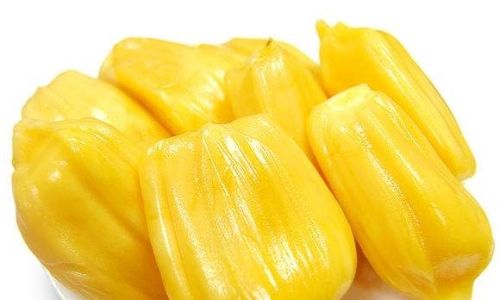
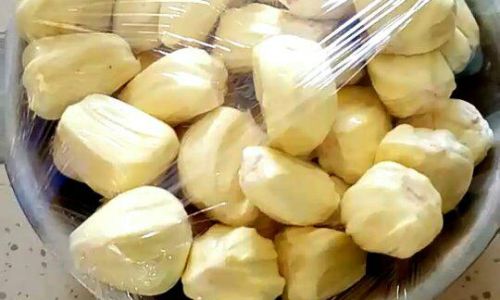
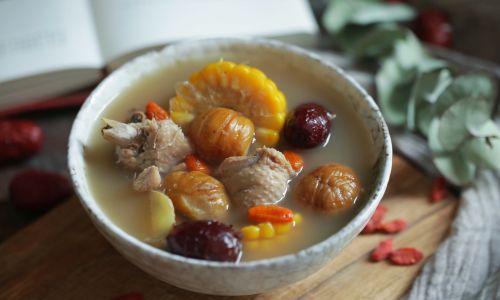
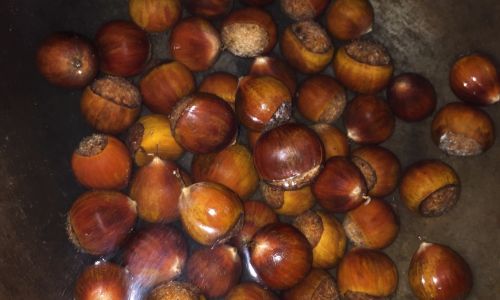
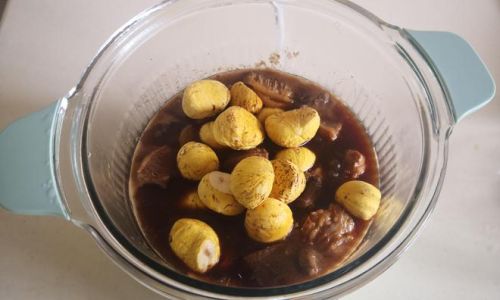
0 comments